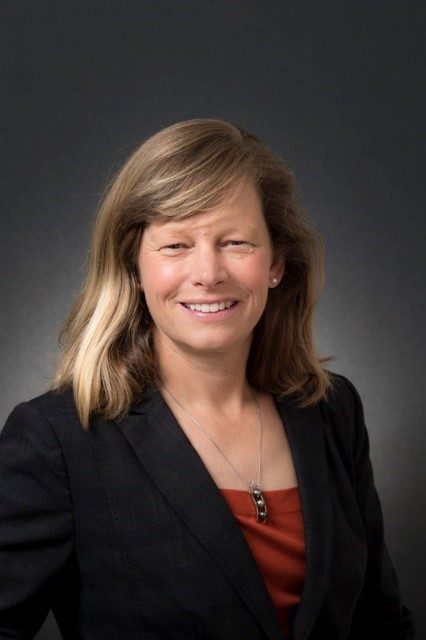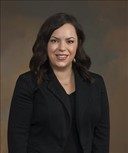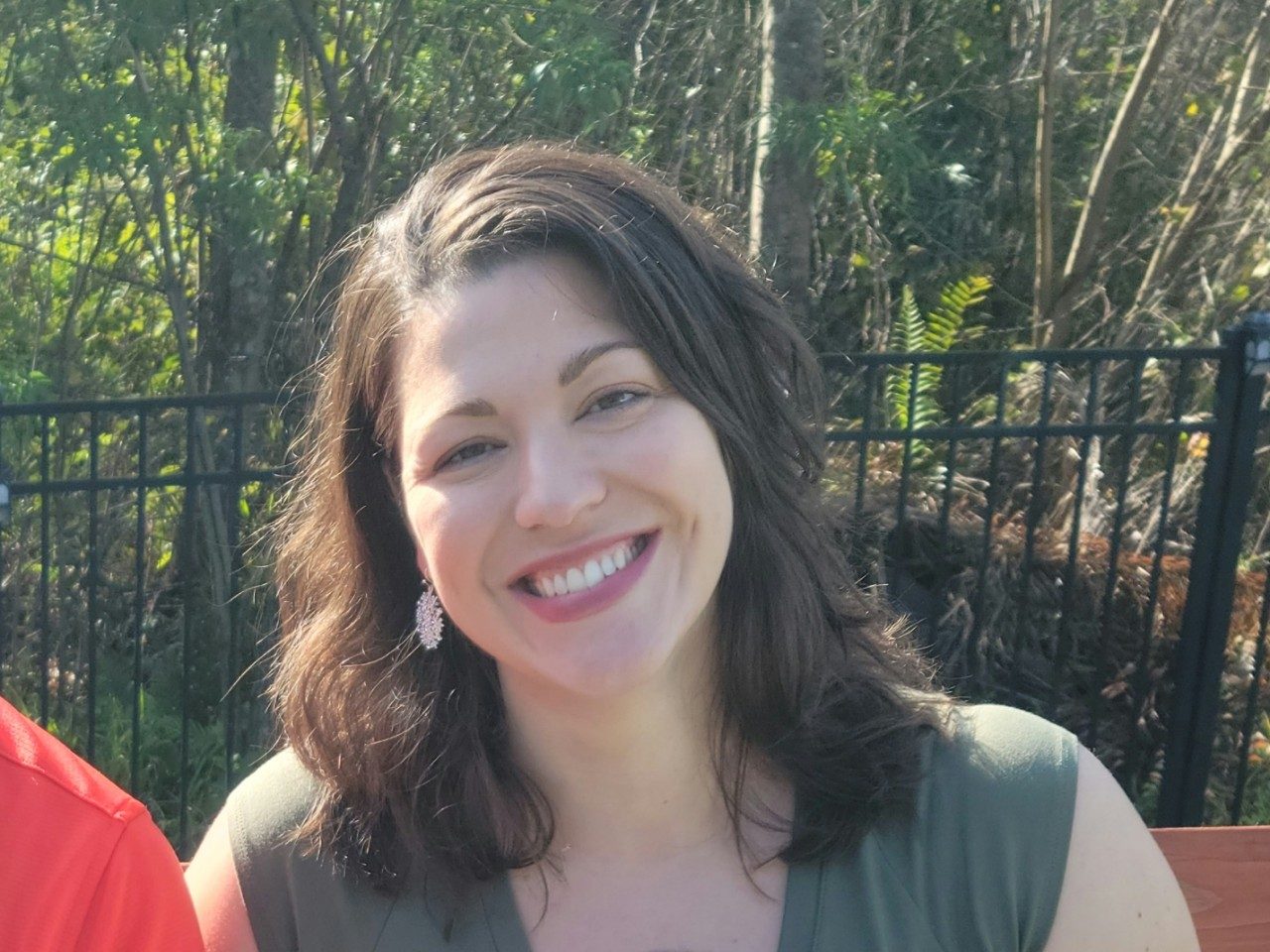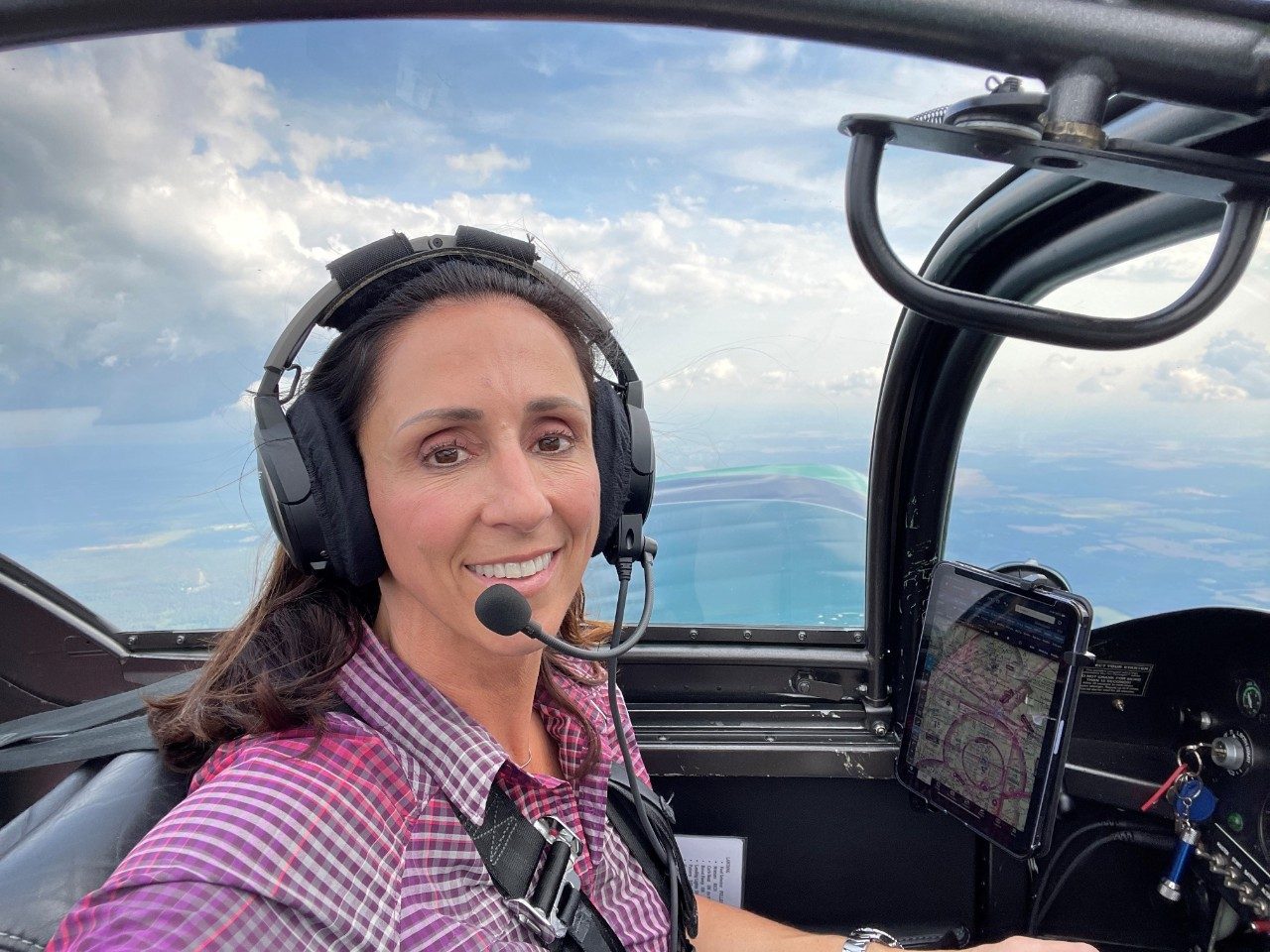Celebrate Women’s History Month with Extraordinary Employees
On October 20, 1941, an initial group of 19 women punched the clock at Martin’s Nebraska plant. Six months later, after America’s entry into the war, more than 2,000 women were working in Martin’s Omaha and Baltimore factories.
When aircraft industry employment peaked at 2.1 million workers in November 1943, women accounted for 37% of this labor force. “Rosie the Riveter” had become an American icon.
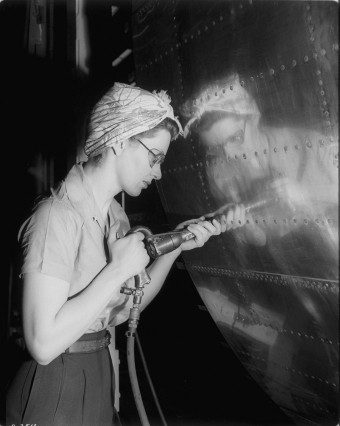
The wartime years broke gender and racial barriers in service of a revolutionary effort to expand aircraft production on an unprecedented scale. Thousands of fighter, bomber, transport and reconnaissance planes produced by Lockheed, Martin, and heritage companies consolidated during World War II served a vital need in a conflict that could be won or lost in the air.
One heritage company, Radio Corporation of America (RCA), developed its own program focused on encouraging women to join the workforce. On May 1, 1943, the first class of 86 women arrived for the “RCA Engineering Cadette Program,” run through Purdue University’s engineering department.
One of the many women who stepped up to the plate was Genevieve “Gene” Allee, who would later work in the Indianapolis and Camden RCA plants before transferring to the Advanced Development Section of the Engineering Products Department. Gene served as an engineer for 31 years, at one point specializing in the computation of lens designs. The General Electric Co., Martin Marietta, and Lockheed mergers all occurred during her expansive career. She was one of the many trailblazers for women engineers, inspiring generations to come.
“Rosie the Riveter” and the RCA Cadettes’ legacy still inspires women at Lockheed Martin today.
Cory Blaylock
Cory has been with Lockheed Martin for seven years. As a workforce development professional based out of Missiles and Fire Control’s operations site in Lufkin, Texas, Cory partners with business groups and organizations to provide strategic solutions that align people and technical training initiatives to business goals. Her expertise led to the establishment of a nationally recognized apprenticeship program as well as a partnership with a local college to provide electronics training.
Recently, she was honored with The IPC Excellence in Education Award. A recognition given to individuals who have made a significant contribution and demonstrated leadership in workforce development while building a culture of continuous learning within their organization and across the electronics industry.
“I came to the electronics manufacturing industry by way of the scenic route,” said Cory.
“I’m fairly new; I made a mid-career change. I spent the first 12 years of my career as an educator in the public school system. I left the classroom in 2015 to begin a new career at Lockheed Martin. I realized that I had a lot to learn about electronics manufacturing at that point. Throughout my career at Lockheed Martin, I’ve gone from not knowing anything related to electronics manufacturing to becoming a certified trainer. I teach new operators, assemblers, technicians and engineers about IPC standards and the applications that they will use in the production and manufacturing settings when they begin their careers.”
Alison Nordt
Dr. Alison Nordt is the Director for Space Science and Instrumentation. Her work involves maturing technology and developing instruments to support current and future space science missions. One such instrument that Alison worked on is NIRCam – the Near Infrared Camera – which is the primary imager on the James Webb Space Telescope that launched in 2021. The Webb Telescope is NASA’s successor to the Hubble and Spitzer telescopes and is the largest and most powerful space telescope ever built. Alison was there with NIRCam from the beginning of its development in 2002, starting with structural analysis, through duties as program manager and principal engineer. NIRCam has helped Webb make history by capturing the oldest galaxies ever observed! In her work on the program, Alison was responsible for the design, development, testing and delivery of the NIRCam instrument including optics, structures, mechanisms, electronics and software.
“When I first came to the NIRCam program, I was just a couple years out of graduate school, a newly minted Ph.D. (in aeronautics and astronautics) eager to work on this giant space telescope,” said Alison. “I've grown up on NIRCam.”
In 2023, Alison received the AIAA Engineer of the Year Award from the American Institute of Aeronautics and Astronautics for her work on spearheading the development of James Webb Space Telescope’s primary imager.
Elizabeth Jelich
Liz is responsible for ensuring all program requirements for F-35 are met on the production floor, and she’s the first woman to hold this position. She joined Lockheed Martin in 2003.
When Liz is not working, her family keeps her plenty busy. Her sons are all over the map – one is in a rock band, the other loves cooking and karate, and more! She says her family is her daily dose of purpose and sanity, as well as entertainment.
“Looking back over the past 20 years, we sure have come a long way and I’m proud to be part of this team,” said Liz. “The best part about this place is the people and the awesome work we get to do every day, truly being connected to something larger than ourselves.”
Julz Kavanaugh
Julz is currently leading a team of 20 engineers across four facilities. In 2022, she led the Air-launched Rapid Response Weapon (ARRW) program through three successful hypersonic flight test events, including the first flight of a revolutionary high-lift-over-drag hypersonic glide vehicle. She was instrumental in ensuring that the ARRW program overcame initial challenges.
Julz inspires people with her success-driven and inclusive leadership style. Her drive and enthusiasm have earned her the respect of various teams. Her passion and ‘can-do’ attitude serve as an enabler and catalyst, boosting the overall morale.
Growing up in Miami, Florida, Julz was raised by her Cuban immigrant mother and grandmother in a Spanish-speaking household. With their encouragement, she moved to Orlando to pursue further education at the University of Central Florida, and graduated with a Bachelor of Science degree in Aerospace Engineering and a Master of Science degree in Engineering Management, the first in her family.
Christine “Grinder” Mau
Christine “Grinder” Mau, a retired United States Air Force Lieutenant Colonel, became the first woman to fly the F-35 Joint Strike Fighter in 2015. Prior to the F-35, she flew the F-15E and led the first combat mission planned, briefed, launched, and flown entirely by women in 2011. During her 20 years serving in the United States Air Force, this proud veteran deployed five times, and accrued more than 2,800 flight hours and 500 combat hours. Her two final positions were Squadron Commander of the 4th Operations Support Squadron at Seymour Johnson Air Force Base, and Deputy Group Commander of the 33rd Operations Group at Eglin Air Force Base. She is originally from Thousand Oaks, California, and holds a bachelor’s degree from the United States Air Force Academy, and two masters’ degrees. Christine currently works as a F-35 contract instructor pilot at Eglin Air Force Base teaching simulators and academics to F-35A pilots.
“I love what I do! While I miss flying the jet, to be able to continue teaching fighter pilots while working with former fighter pilots is awesome," said Christine.
Work With Us
Interested in joining Lockheed Martin? Click the button below to learn about career opportunities across the business.





